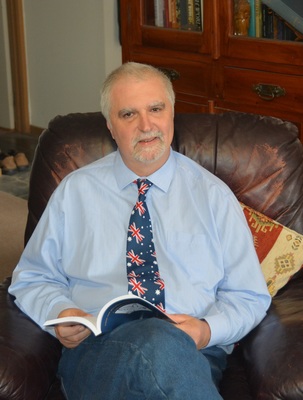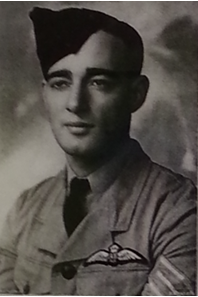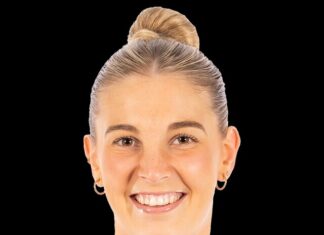
By Justin Flynn
It is largely an untold story, until now.
Australian Muslims shedding blood and giving their lives in two World Wars for their country’s freedom.
Ocean Grove historian Dr Dzavid Haveric has identified about 60 Australian Muslims who fought in World War I and II, and believes there could be more.
“It’s an unknown and untold story,” he says.
“Their contribution is not explicitly acknowledged. Their contribution is part of Australian National Heritage.”
One of these was pilot Moheddeen Abdul Ghias, who the Germans shot down as he was flying his plane in battle over France in 1942.
“Before the plane crashed, Sergeant Ghias steered the stricken aircraft away from the French village of Marly-le-Roi, near Versailles, to avoid falling on the village and any civilian casualties,” Dr Haveric said.
Around 100,000 Muslims lost their lives in WWI on the Western Front. A similar number died on the Eastern Front, and yet Dr Haveric says those who fought for the Allied Forces went willingly.
“It was the duty of a Muslim of western society to fight, even against Muslim soldiers – it’s obligatory,” he says.
“Fathers, sons and cousins went to war to join their brothers in arms with Aussies and Allies.
“For them, defending Australian democracy and freedom was a great honour.
“According to religious interpretation, it was their sacred duty to defend their land, which was their land as well.”
So why are the facts not well known?“They were a minority group with different backgrounds,” Dr Haveric says.
“Politicians are not even aware of it, which is a sad story.”
Dr Haveric said Australian soldiers treated their Muslim compatriots with very little to no animosity.
“They were treated well and they willingly accepted the call,” he said.
“They were brothers in arms with Christians and fought against the same enemy.
“The story is unique and it needs to be acknowledged.”
Muslim Australians continued to fight for their country long after WWII. They fought in Vietnam and in earlier times, in Europe, the Middle East, Southeast Asia and New Guinea.“They were considered as very skilled,” Dr Haveric says.
“We now have Muslim soldiers in the Australian Defence Force who take their roles proudly.”
Muslim Australian women also played a role.
“When fathers, sons and cousins went to war, Muslim Australian women helped with the Red Cross and in hospitals,” Dr Haveric says.
“Their role was no less important.”
During Wartime, one Muslim Australian offered 500 of his camels for our troops while another offered 20.
“They prayed for the king, queen and for the success of the British Empire and for the wellbeing of the Commonwealth,” Dr Haveric says.
“They established a patriotic fund and gave donations for the Australian defence.”
Dr Haveric is an author of nine books and is a Research Fellow at Charles Sturt University – Centre for Islamic Studies and Civilisation, and Research Associate at the Museum Victoria – Humanities Department.
He has worked at the Parliament of the World’s Religions within the Victorian Multicultural Commission as well as at Victoria University.
His forthcoming book would reveal more historical information on Anzac Muslims, he said.







